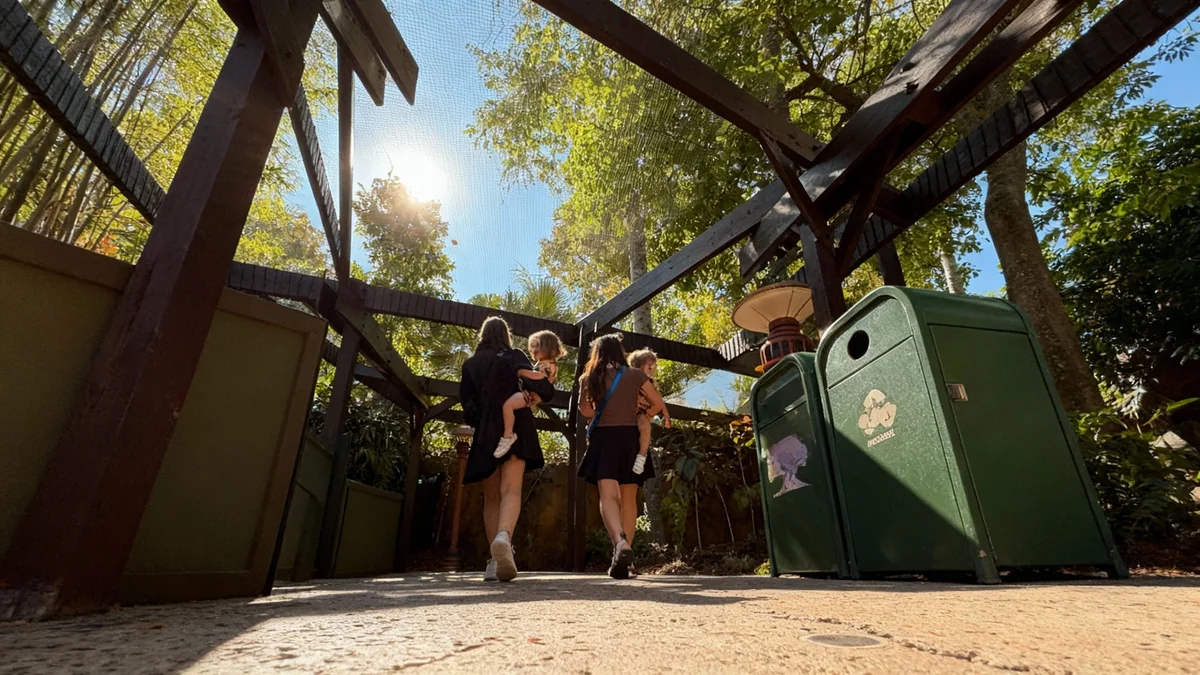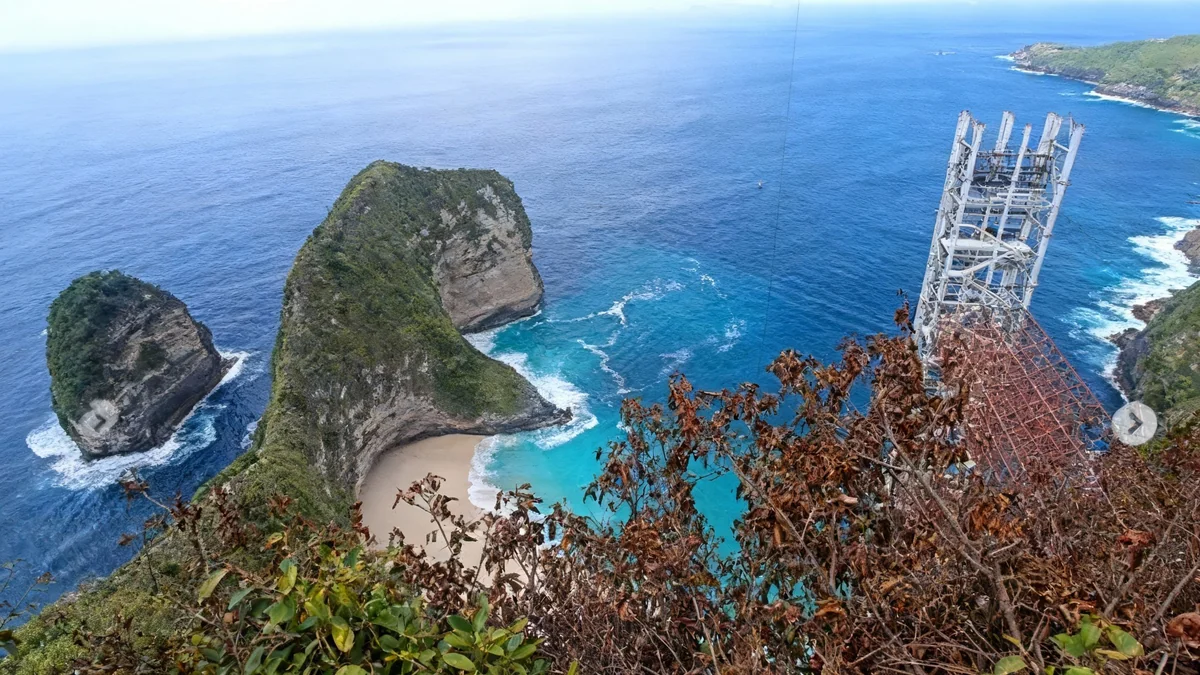The St. George Reef Lighthouse, an architectural marvel off California's remote northwest coast, faces a monumental challenge. Decades of isolation and harsh weather have left the historic structure in decay. A dedicated group of volunteers is working to restore this beacon, but steep costs and extreme conditions make their mission incredibly difficult.
Key Takeaways
- St. George Reef Lighthouse, built in the late 1800s, is America's most expensive lighthouse.
- The lighthouse has deteriorated significantly after 50 years of abandonment.
- Restoration efforts are led by the St. George Reef Lighthouse Preservation Society.
- Access is extremely difficult and expensive, primarily by helicopter.
- Full restoration is estimated to cost around $10 million.
A Beacon's History and Isolation
The St. George Reef Lighthouse stands six miles off Crescent City, California, atop a sheer rock. It is a striking sight, often described as something out of a movie. Built between 1883 and 1892, it holds the distinction of being the most expensive lighthouse ever constructed in the United States, costing $752,000 at the time, equivalent to about $27 million today. This cost even exceeded that of the Statue of Liberty, completed just six years earlier.
The lighthouse is listed on the National Register of Historic Places. It represents a significant piece of California's maritime history and stands as an architectural masterpiece. Its construction was a Herculean effort, involving workers blasting the top of a volcanic rock and hoisting massive six-ton granite blocks to form its 70-foot-high oval caisson and five-story tower. Waves often swept men off the rock during construction, and one worker tragically died.
Historic Fact
The St. George Reef Lighthouse was illuminated for the first time on October 20, 1892. Its powerful Fresnel lens could cast a beam visible for more than 20 miles, guiding ships safely past the treacherous Dragon Rocks.
Life on the Reef: A Harsh Existence
Life for the lighthouse keepers at St. George Reef was exceptionally harsh and isolating. It was a "stag station," meaning no women or children were allowed. Many keepers resigned or transferred due to the brutal conditions. Between 1891 and 1930, 36 of 80 men resigned and 27 transferred.
John Gibbons, now 91, served at the lighthouse in 1953 as an 18-year-old Coast Guardsman. He recalls the isolation and the imposing view of the lighthouse emerging from the fog. "We came out of the fog, and I saw that light — it looked like something out of a horror movie," Gibbons stated. He served 39 months there, a Coast Guard record.
Floyd Shelton, another former Guardsman, now 93, described the accommodations as "grim." Keepers often "hot-sacked" their bunks, sharing beds with the man coming off duty. Fresh water was scarce, limiting showers. Storms could strand men for weeks. In 1952, Shelton and others were isolated for over 45 days, running out of food and subsisting on vitamins and pancake mix. "All we did was hope the thing held together," he said, referring to the lighthouse shaking under the impact of giant waves.
"There is only one St. George Reef Lighthouse, and it would be a shame to just let it go."
— John Gibbons, former Coast Guardsman
The Drive for Restoration Amidst Challenges
The Coast Guard decommissioned the lighthouse in 1975, replacing it with an automated buoy light. The final logbook entry lamented its abandonment, stating, "May Mother Nature show you mercy. You have been abandoned, but never will you be forgotten." This sentiment sparked a movement.
The Preservation Society
In 1986, local residents formed the St. George Reef Lighthouse Preservation Society. Their goal was to prevent the government from selling the rapidly decaying beacon as scrap metal. Del Norte County now leases the lighthouse to the nonprofit for just $1 per month.
The preservation society, composed of dedicated volunteers mostly in their 60s to 80s, faces immense obstacles. The lighthouse has been mostly abandoned for 50 years. Its lantern room leaked, handrails rusted, paint peeled, and original wooden floors turned spongy. The hook and boom system, once used to hoist boats, disintegrated long ago.
Access is a primary challenge. The lighthouse is only reachable by helicopter, a costly endeavor that depends on clear weather and calm winds. "The big challenge is raising money to hire a helicopter, and then, of course, trying to find a helicopter near enough that has the required flotation devices and has a sling hook that can haul baskets of supplies out there," explains John Zimmerman, president of the society.
Restoration Costs
Engineers estimate a full restoration, including helicopter transportation, would cost approximately $10 million. This is a significant sum for Del Norte County, which has a population of only 27,000 people.
Progress and Future Vision
Despite the financial and logistical hurdles, the volunteers have made progress. They have flown out to the lighthouse, often staying overnight, to remove peeling paint and plaster, haul out trash, and rebuild rusted railings. In a notable achievement, they replaced the lantern room, airlifting the original dome by helicopter. They also installed a solar-powered lens, illuminating the lighthouse for the first time in decades, though strong winds later carried away the solar panels.
For years, their work was restricted to a few winter months due to federal wildlife regulations protecting sea lion mating season. This deed restriction has since been lifted, allowing more flexibility for restoration efforts.
John Zimmerman, a 68-year-old retired landscaper, spends much of his time fundraising and applying for historic preservation grants. He envisions a fully restored lighthouse serving as "nature's classroom," where visitors could stay for days to study marine mammals, birds, weather patterns, and tides. Tyler Finkle, a structural engineer involved in the assessment, notes that while the task is "herculean," it is achievable. He states that the masonry is in good condition, though much of the corroding metal needs replacement.
Former Coast Guardsman John Gibbons supports the preservationists' mission. He hopes they succeed, despite the odds. The St. George Reef Lighthouse stands as a testament to human ingenuity and resilience, a story the volunteers believe is worth preserving for future generations.





